The Role of Agriculture in Carbon Capture and Climate Change
The agriculture sector is a source of greenhouse gas (GHG) emissions, which many scientists agree are contributing to observed climate change. Agriculture is also a "sink" for sequestering carbon, which might offset GHG emissions by capturing and storing carbon in agricultural soils. Emissions from agricultural activities account for 6%-8% of all GHG emissions in the United States. Carbon captured and stored in U.S. agricultural soils partially offsets these emissions, sequestering about one-tenth of the emissions generated by the agriculture sector, but less than 1% of all U.S. emissions annually. Congress is considering a range of climate change policy options, including GHG emission reduction programs that would either mandate or authorize a cap-and-trade program to reduce GHG emissions. In general, the current legislative proposals would not require emissions in the agriculture and forestry sectors. Many GHG proposals, however, would allow farmers and landowners to receive emissions allowances (or credits) and/or generate carbon offsets, which could be sold to facilities covered by a cap-and-trade program. This book highlights the effects that agriculture has on carbon capture and climate change.This book consists of public documents which have been located, gathered, combined, reformatted, and enhanced with a subject index, selectively edited and bound to provide easy access.
{{comment.content}}
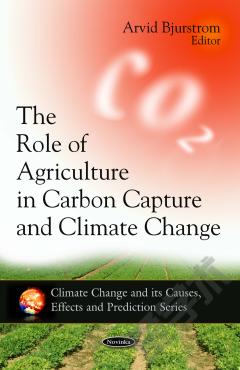
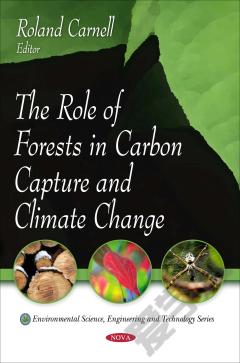

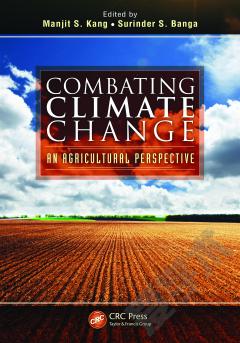

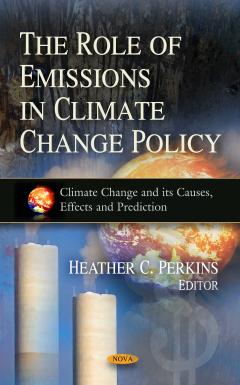
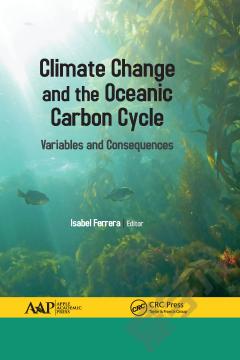

 京公网安备 11010802027623号
京公网安备 11010802027623号